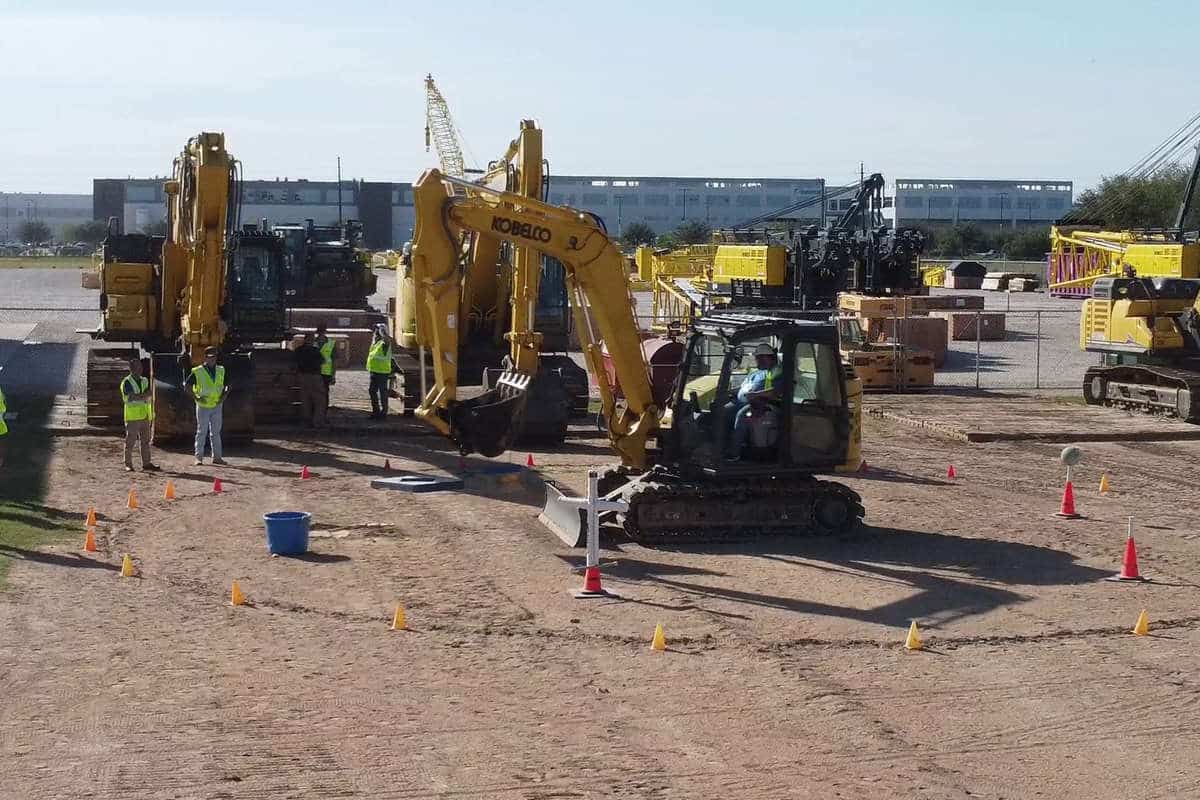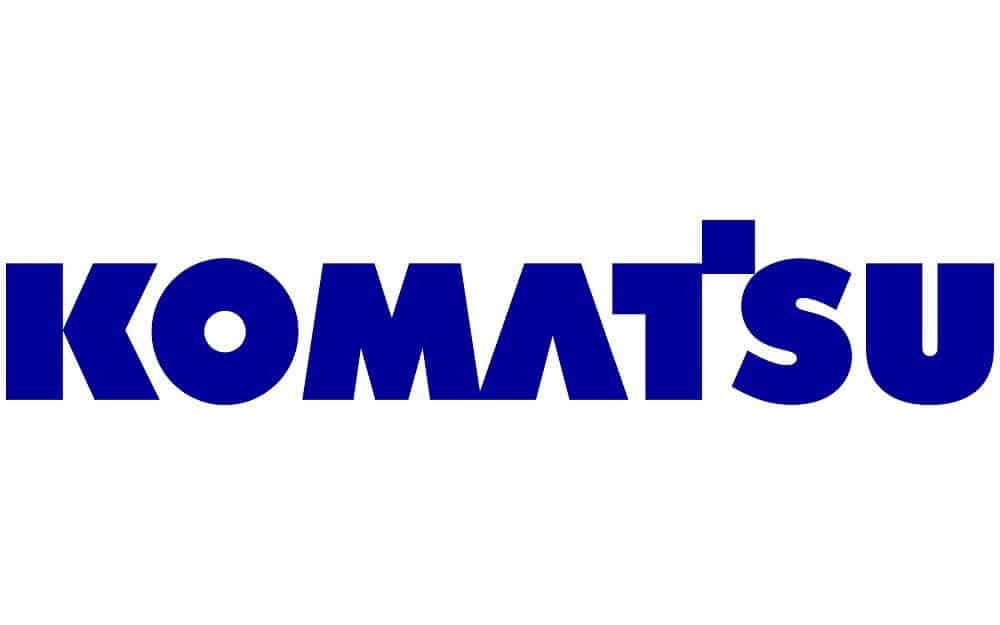Are You Ready for Construction?

So why do construction firms not follow these same principles? In a construction project with a schedule duration of one year, the amount of planning required to parallel the football example before would translate into approximately 45 million days of planning. While this number is obviously unrealistic, many construction contractors fail to do a fraction of the planning required to provide for the desired successful outcome. Planning in football is not radically different from the planning that should take place on construction projects (see Exhibit 1).
Days Before the Game
Playing the game is always more fun than talking about the game. However, games are won and lost in the preparation. An all too common occurrence in construction is an estimator barking “Hey Joe, be on the (insert job name here) on Monday. I put a set of plans in your mailbox.” Dangerous words for a dangerous time. Coaches in professional football never walk onto the field on Sunday and tell the quarterback, “Okay, here’s your playbook. Now go out there and win, baby!” As absurd as this sounds, contractors do this daily.
Proper preparation begins with pre-job planning. Each step in the planning process formalizes the transition from the “get work” team to the “do work” team and generates buy-in on how the work was won in the first place. Allowing the players an opportunity to become familiar with the details of the project before the pre-job planning meeting increases the effectiveness of the process. Consider this time an opportunity for the project team to do its homework and scout the field. Great pre-job planning consists of at least two of the three phases listed in Exhibit 2.
 Halftime, Timeouts and Station Breaks
Halftime, Timeouts and Station Breaks
Planning doesn’t end after the initial kick-off. Often, a great offensive plan rarely measures up when it actually meets the defense it was designed to defeat. Consider the 2007 Super Bowl. Weeks of planning for a game in sunny Miami were met with swirling winds and sheeting rain. Does this mean the planning was ineffective and a waste of time? No. In fact, the planning provided a basis for the resulting game play and undoubtedly included a list of options or contingency plans from which to deal with such unfortunate circumstances.
It is myopic to think the baseline plan will never need adjusting. How often do construction firms develop such contingency plans? Poor weather along with poor designs, late deliveries and labor shortages are several of the typical challenges facing the average contractor. As frequently as many of these conditions occur, contractors often deal with them in a reactive manner, as if it is the first time they have encountered such hardships. Therefore, planning needs to continue long into the game.
Many managers confuse scheduling and planning. A three-week, look-ahead schedule generated through some sophisticated scheduling software is not a substitution for planning. Superintendents and foremen should engage in short-interval planning on a weekly or bi-weekly basis. Through the planning process, superintendents and foremen prepare to achieve the schedule and expose what could inhibit their ability to do so. Project managers use this tool as their priority list for the current week in an effort to keep their crews and trade contractors moving in a positive direction.
A short-interval plan should include projected labor resources, material needs and equipment utilization. This provides the field manager an opportunity and mechanism to project needs and manage concerns. A “best of class” plan should also include:
- Customer concerns
- Design concerns
- Trade contractor concerns
- Material and equipment lists
- Labor resource needs
Huddle Up
While the ultimate goal of scoring is paramount, individual plays are called during the 25 seconds in between. Each player has a designated responsibility and goal for the next play. No confusion, no wasted motion. Crews often begin their days without knowing what they are building. It is even rarer that they have a goal for the day in mind. The first five minutes of each day should be dedicated to orienting the crew and focusing them on the goal of the day. Goals can be as simple as painting the third floor or installing the steel from column line A to column line B. A quality daily huddle process should also include the following items:
- Safety concerns and hazards
- Material needs
- Impediments to daily production
At the end of the day, the superintendent should indicate the actual achievements so the crew can compare its progress to the goal.
Two-Minute Warning
For many organizations, projects hit the 90 percent complete mark and progress begins to sputter. Field managers shift to bigger projects. Long schedules begin to take their toll on crews and teams, testing the crews’ mental fortitude and draining their crispness. The remaining 10 percent of the project often costs an additional 20 percent to 25 percent more than the budget.
A contractor’s exit strategy is the tool to prevent this fourth quarter letdown. At a minimum, the exit strategy should include the following items as detailed in Exhibit 3. For most firms, these items are intuitive, but the lack of accountability at the conclusion of the project creates a sense of nebulousness.
The challenge is clearly defining the roles at the end of the project. Without fail, the line between punch list work and incomplete work becomes blurred. The punch-list SWAT team becomes the receptacle for anything the original team does not want to do. A meeting designed to circle the wagons at the end of a project helps galvanize and focus the project team. The project team agrees on the outstanding work and receives the necessary “education” to make a smooth transition. This meeting also has the ability to inject some life into the waning moments.
The Locker Room Speech
Reporters shove microphones and mini-recorders in the face of exhausted players. What went wrong? What went right? Four quarters of football are dissected to understand the successes and shortcomings before the next game. While most construction projects are not recorded (and thankfully not on national television), it is essential to engage some mechanism to conduct a consistent autopsy of project successes and shortcomings. A post-job review provides an education for not only the project team but should provide lessons learned for the entire organization.
Culturally, project teams need to see the value in having such a meeting. However, many organizations use this opportunity to simply evaluate the losing projects. Consider the message sent to the organization when the only time a post-job review occurs is on a project deemed a failure. Lessons can be gleaned from successes and often have a greater impact on the organization when celebrating rather than admonishing the players.
Therefore, post-job reviews must avoid the blame game. The organization is better served to engage in an introspective analysis of the project. For example: What could I, the estimator or superintendent, have done differently? What would I characterize as my greatest success? This provides a more constructive venue and enables dialogue to focus on real issues rather than individuals crafting a defense strategy against an inquisition.
The final component of the post-job review involves delivering the message company-wide. The lessons learned need to be shared with the rest of the organization. Armed with the knowledge of what works and what does not work, managers and superintendents not only know where to look when a new project begins but can use the past lessons (good and bad) as a resource and a stable foundation.
Coaches carefully calculate the points needed to force overtime or win the game. Fans hold their breath with every reception as precious seconds tick off the clock. The construction clock never stops for station breaks, timeouts or instant replay and construction planning may never yield shining silver trophies or trips to amusement parks, but consistent, standardized planning best practices do have the ability to dramatically improve profit margins.
Gregg Schoppman is a principal with FMI. He specializes in the areas of productivity and project management. He also leads FMI’s project management consulting practice. Schoppman may be reached at 813.636.1259 or via e-mail at gschoppman@fminet.com.

 Halftime, Timeouts and Station Breaks
Halftime, Timeouts and Station Breaks 




